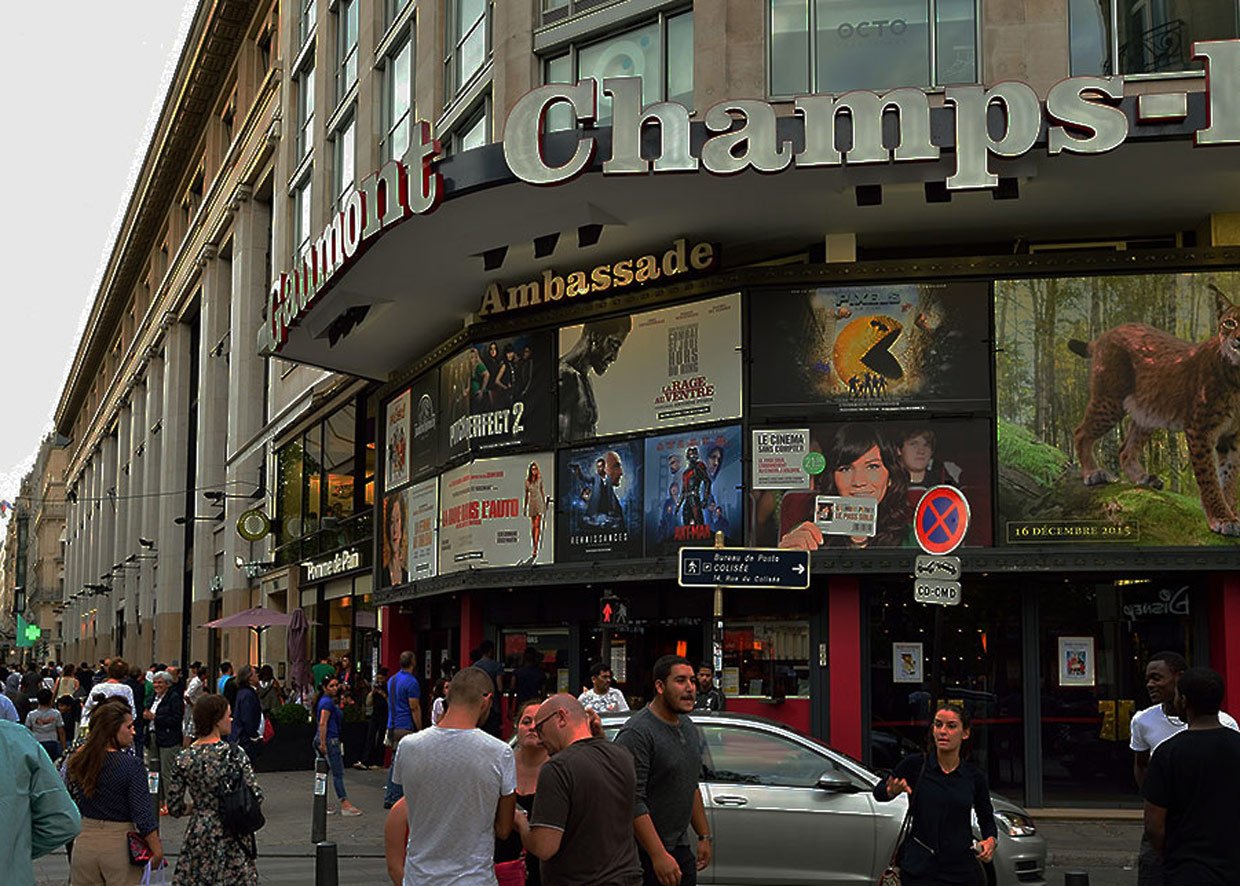
MUSO’s Marketing Coordinator, Caroline Corbett-Thompson, sits down with Davide Castorina, Head of France and Benelux, to discuss France’s current VOD and film market landscape; Netflix, the leap year state of the French film market and piracy under the HADOPI Law.
What would you say about the overall state of the French movie and film market?
2015 was a great year for French cinema, both locally and internationally. Compounded between the introduction of Netflix and the turnout of French film-buffs, 2015 could easily be considered as a fruitful year for all involved in the creative arts.
The arrival of Netflix in France hardly went unnoticed, with its new content exclusively produced for the French video-on-demand (VOD) market energising the creative community. The total VOD audience has consistently risen, jumping to 50% between 2011 and 2013. Netflix rang in its first anniversary in September and it had a cause to celebrate, having already reached roughly 900,000 subscribers. Competition for content will most likely increase due to Netflix’s investment into its first French based show, “Marseille,” slated to be a French style “House of Cards.” A study by NPA indicates that Netflix is beating CanalPlay out of the SVOD (subscription video-on-demand) market and is predicted to grow to 1.8 million subscribers by the end of 2016 and 2.7 million by 2018. Despite French Netflix offering fewer titles than its US counterpart, it still offers significantly more than CanalPlay and any other localised platforms such as Jook, Tfour Max and Club Vidéo. By shaking up the VOD market, the commercial appeal for exclusive online content will be sure to increase, with the hopes of better monetising France’s collective creative community.
Did the French market see a shift towards TV content and away from film?
2015 marked a year where VOD still reigned supreme within the digital market, claiming an approximate 70% share. However, despite Netflix investing in original television content, 94% of the market value was still represented by films and only 6% by television series.
Read our blog: MEASURING ROI IN CONTENT PROTECTION: HOW VALUABLE IS ANTI-PIRACY?
And a positive year for cinema admissions…
France has always been a nation of film-buffs and this was never more present than in 2015. Based on admission, France saw more cinema visits than more than any other European country, having attracted more than 200 million spectators. However, after four years, French films saw the rise of box office numbers, exemplified by “The Intouchables”, 2015 saw Hollywood bring up its lead again thanks to its successful sequels; “Star Wars: The Force Awakens” and “Jurassic World.” France’s no. 1 movie was the former, driving France to the second biggest monthly box office result since records began in 1980, with 24.9 million spectators. Total tickets sold in France were down 1.4% from 2014 but above the 199.6 million average for the past 10 years.
How did the French piracy market develop in 2015?
Piracy still remains a problem to be dealt with in 2015, 10 million French consumers downloaded illegally according to a report done by Le Figaro. Despite the reinforcement of the HADOPI Law, piracy is still very much an issue, with 4 million Frenchmen and women using P2P downloads. One of the reasons for audiences choosing piracy instead of legal avenues is the waiting time between the release of a film on the big screen and the small screen; for VOD platforms it’s still 4 months and 36 months on SVOD services.
Let’s look forward to MUSO’s ‘2015 France Piracy Market Study’ due to release at MipTV. Can you talk us through some of the early insights from the paper and how the French Film market will benefit from this insight?
Certainly. Out of France’s top 100 movie sites, 56% provide legal content while 44% are illegal, highlighting the issue of piracy. The Market Study shows that papystreaming.com, streamcomplet.com and films-regarder.com are amongst the top 30 most trafficked piracy sites in France. In terms of Internet search habits, the French predominantly use search engines such as Google to access piracy sites, with 41.04% clicking into Google – this is considerably high as Sweden places itself at 24%. There’s still a lot of work to be done for piracy to become more controlled in France.
How do you think ‘Retune,’ MUSO’s innovative Direct-to-Fan marketing platform will be received by French audiences?
Successfully. With France’s relatively high piracy rate, audiences are keen to embrace new ways of dealing with piracy. With Retune they’ll be able to connect and bring content to their audiences quicker. Retune is sure to revitalise the conversation surrounding piracy in France.
And what do you think will be the big developments for digital film content market in France for 2016?
2016 will be a distinctive year for VOD and SVOD in France as it’ll demonstrate the power of Netflix, both in its outreach to French society and its powerhouse ability to produce more original, localised content. With the increase of Netflix subscribers, it is hopeful that more audiences will chose to abide to legal channels for high quality and Netflix exclusive content. For the film industry, 2016 may show a reinvigoration of the market, as Eric Martin, at Rentrak France, pointed out: “French production seems to have some kind of a ‘bi annual’ pattern, like ‘tides.’ French movies usually make big hits every other year.” Undoubtedly, 2016 will show a reinvigorating and empowering year for the French creative community.
To find out more about MUSO’s suite of piracy solutions, please visit Products.